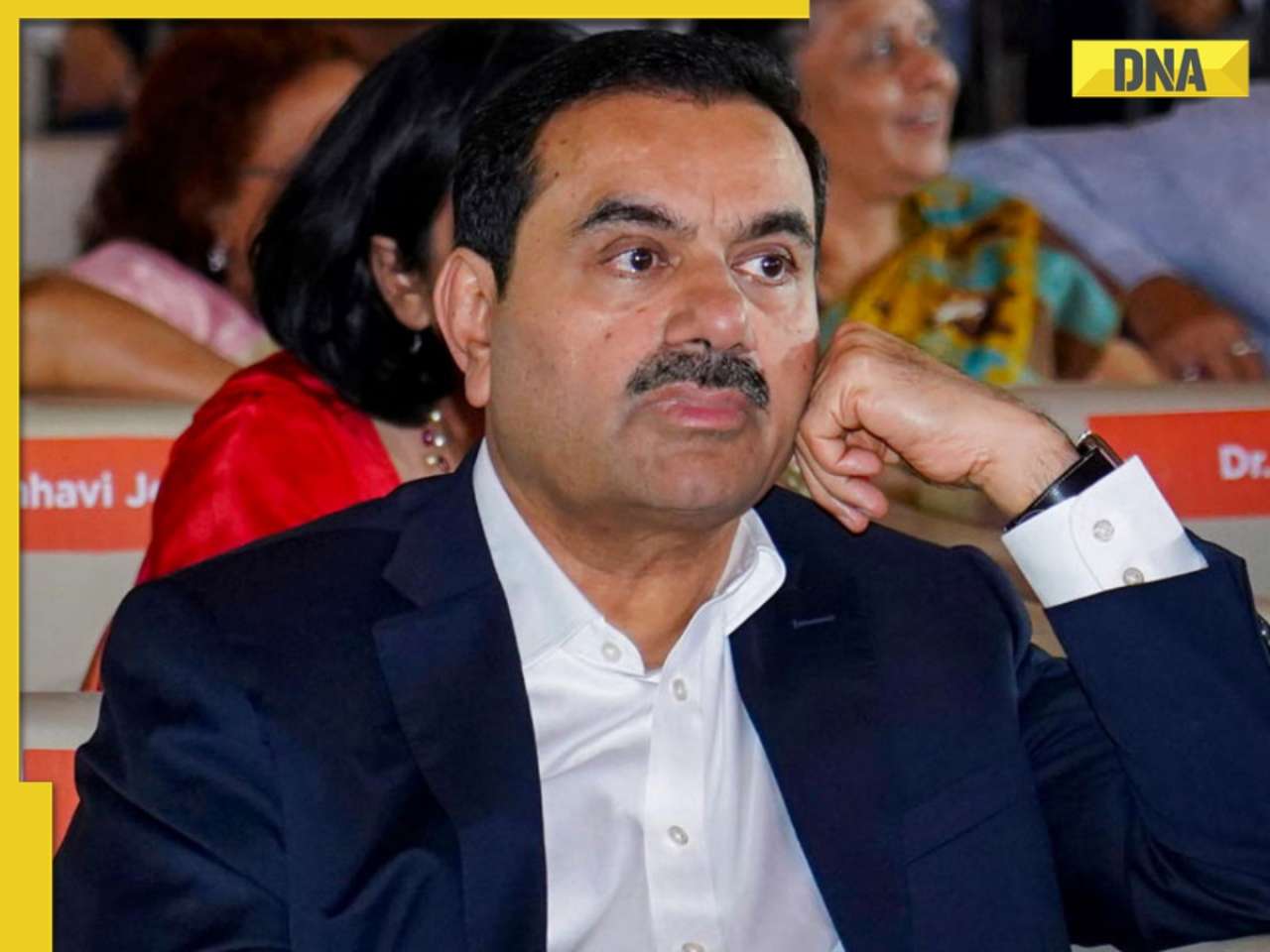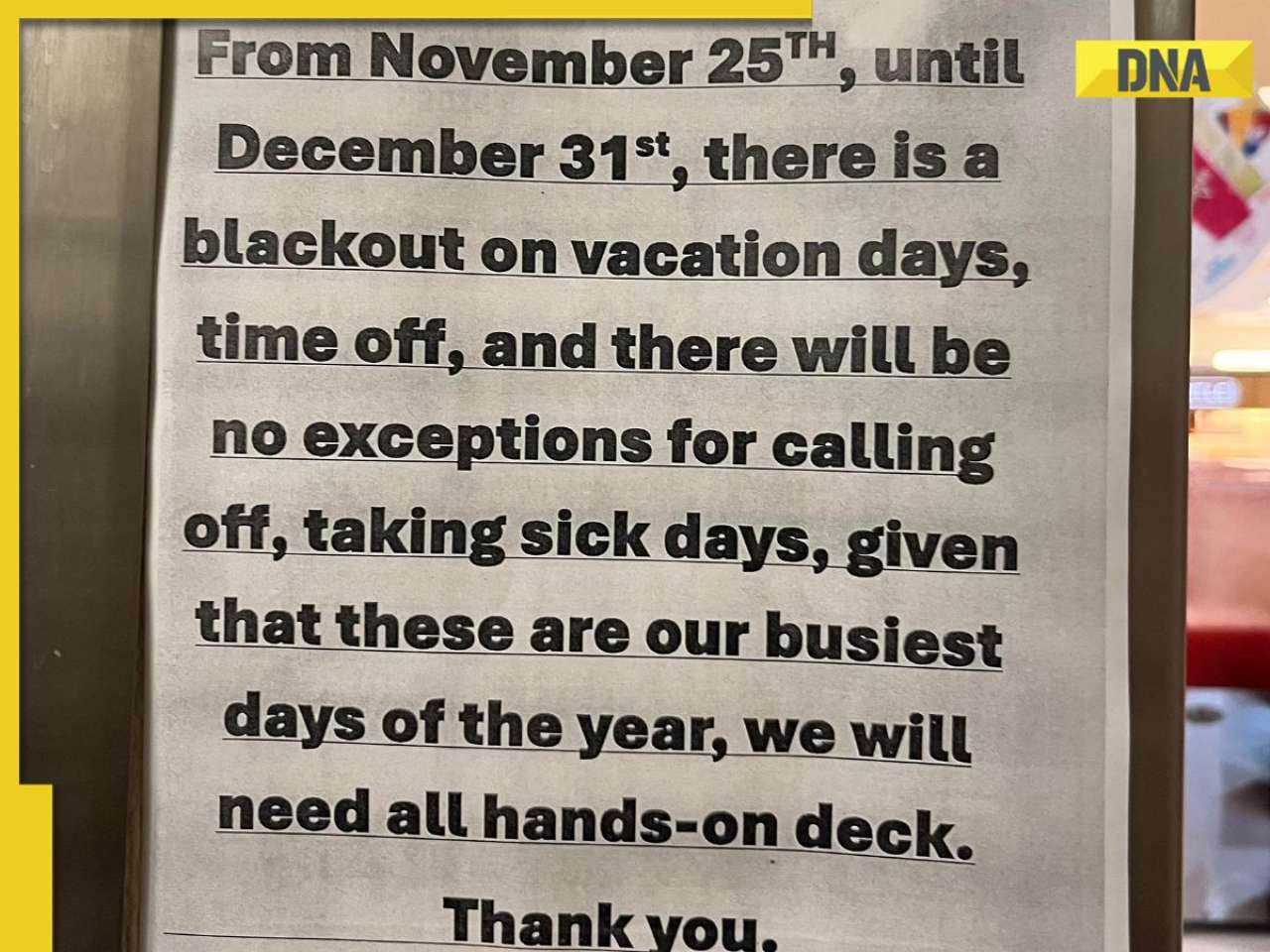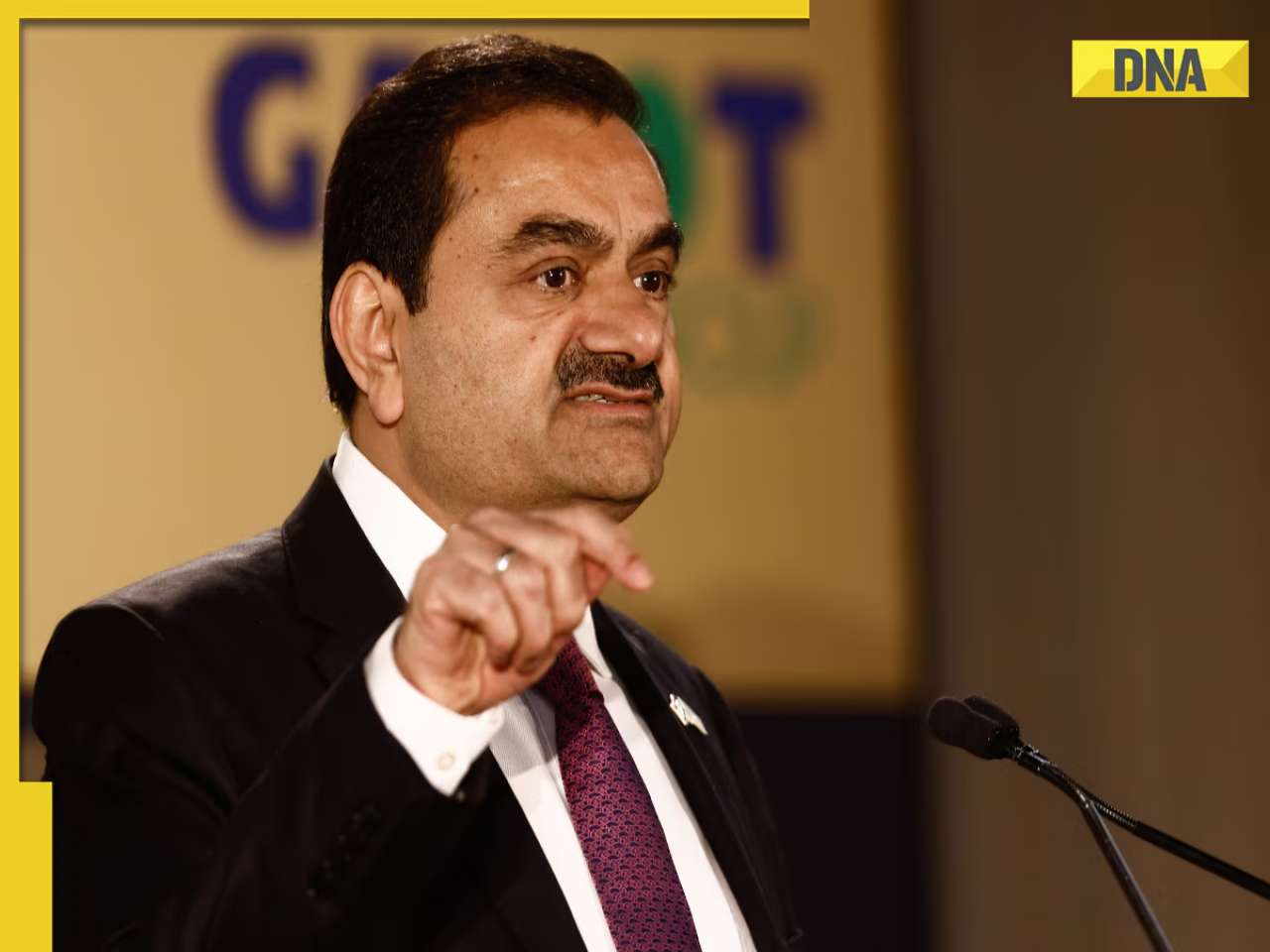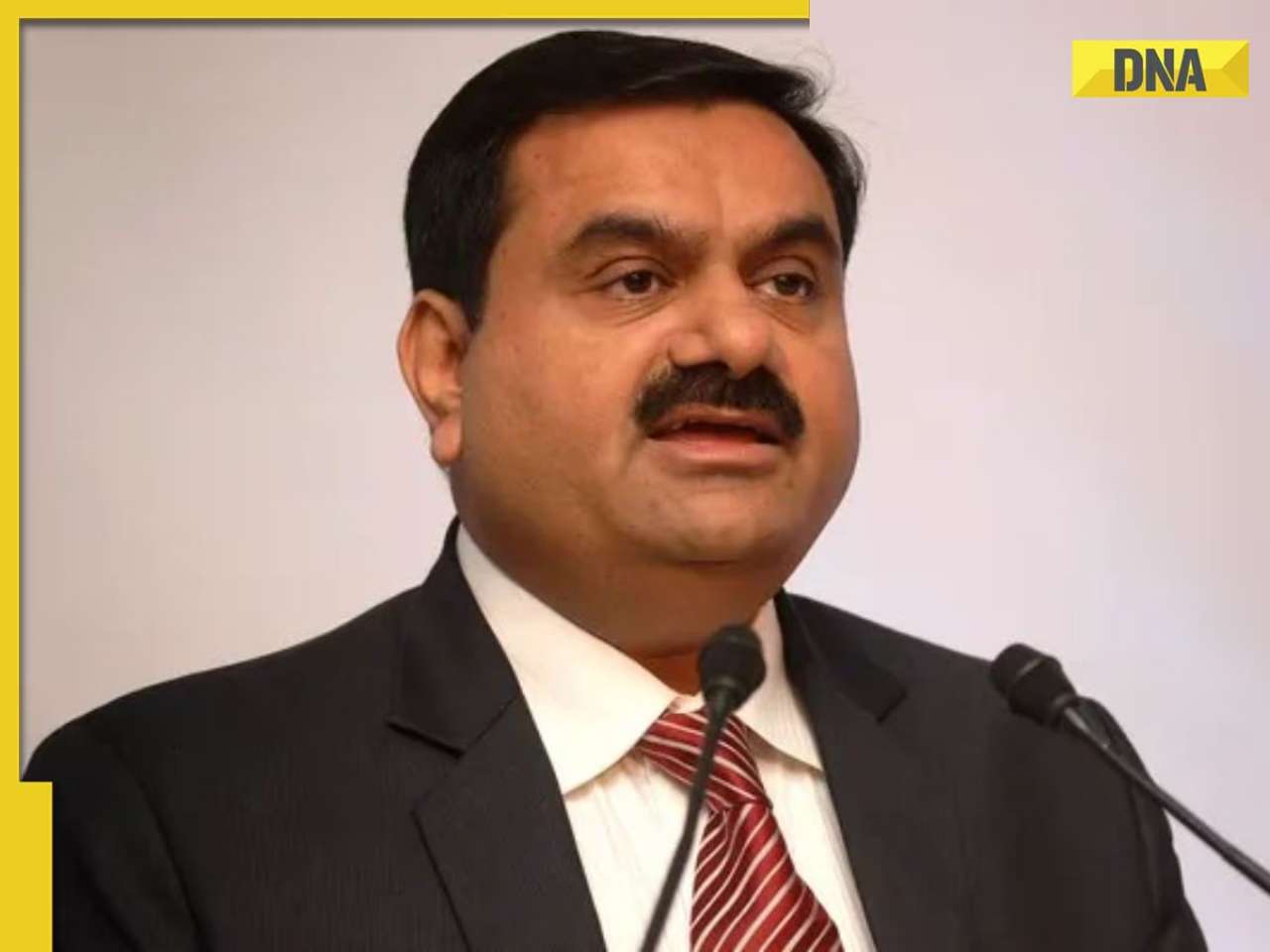- LATEST
- WEBSTORY
- TRENDING
TECHNOLOGY
A Test of Resourcefulness: How Butch, Suni are handling Starliner’s unexpected delays
The first Boeing Starliner spacecraft designed to carry astronauts successfully completed an important test in space on Saturday (July 27). However, the next mission has been postponed for several months.
TRENDING NOW
The first Boeing Starliner spacecraft designed to carry astronauts successfully completed an important test in space on Saturday (July 27). However, the next mission has been postponed for several months.
Engineers tested the Starliner’s reaction control system (RCS) thrusters to get ready for a broader review. An RCS thruster is a small rocket engine on a spacecraft. It helps control a spacecraft’s movements, such as turning or adjusting its position. These thrusters are crucial for precise manoeuvres in space, such as docking with another spacecraft or re-entering Earth’s atmosphere.
This review will assess if the spacecraft is ready to land NASA astronauts Butch Wilmore and Sunita Williams, hopefully in August if everything goes as expected. Over the next few days, teams will analyse the test-firing results as part of their overall evaluations before an official readiness review, NASA officials explained in a statement on X (formerly Twitter) on Saturday.
On June 6, the Starliner spacecraft faced some problems during its first attempt to dock with the International Space Station (ISS). Although it eventually succeeded, the docking was delayed due to helium leaks and issues with five of its thrusters. The Starliner is designed to leave the ISS quickly in an emergency. However, before astronauts can plan a regular departure, engineers need to figure out why these problems occurred.
Helium leaks in the Starliner spacecraft are critical because helium pressurizes fuel tanks for proper fuel flow. Leaks can affect manoeuvrability, safety and mission success. Ensuring no leaks means the spacecraft can safely dock with the ISS, return to Earth and handle emergencies effectively.
These issues must be fixed for the next mission, Starliner-1, to succeed. It is set to spend six months on the ISS in 2025. On Friday, NASA announced that this mission was postponed until August 2025, pushing it back from the originally expected early winter date. Starliner-1 will be delayed to give more time for completing modifications based on new tests, according to NASA’s Steve Stich, manager,
Commercial Crew Program.
NASA and Boeing are yet to find a solution to Starliner’s problems. They are considering whether to redesign the spacecraft, or change how astronauts use the thrusters. Officials shared this information with reporters on Thursday. Starliner’s current mission, called the crew flight test (CFT), was initially planned to last 10 days. However, it has now been in space for almost 55 days. The astronauts are using reserve supplies that were already on the ISS for unexpected situations.
NASA and Boeing emphasised before the mission that it was a developmental one, so the timeline was uncertain. Boeing officials mentioned in a blog post that they had conducted a new test on the RCS. This test aimed to check how well each of the system’s thrusters worked by firing them in short bursts, each lasting up to 1.2 seconds.
Out of the 28 thrusters, one was removed from testing a few weeks ago because engineers found it would not work correctly for the spacecraft’s return to Earth. Each thruster that was tested showed a peak performance, with thrust levels ranging from 97% to 102% of what they should be.
Boeing officials noted that the helium system remained stable during the test. Although Wilmore and Williams did not directly fire the thrusters, but they were on the Starliner and reported their observations to the team on the ground. Both of them are former US Navy test pilots with extensive experience in aerospace development.
(The author of this article is a Defence, Aerospace & Political Analyst based in Bengaluru. He is also Director of ADD Engineering Components, India, Pvt. Ltd, a subsidiary of ADD Engineering GmbH, Germany. You can reach him at: girishlinganna@gmail.com)
Disclaimer: The views expressed above are the author's own and do not reflect those of DNA)
Find your daily dose of news & explainers in your WhatsApp. Stay updated, Stay informed- Follow DNA on WhatsApp.
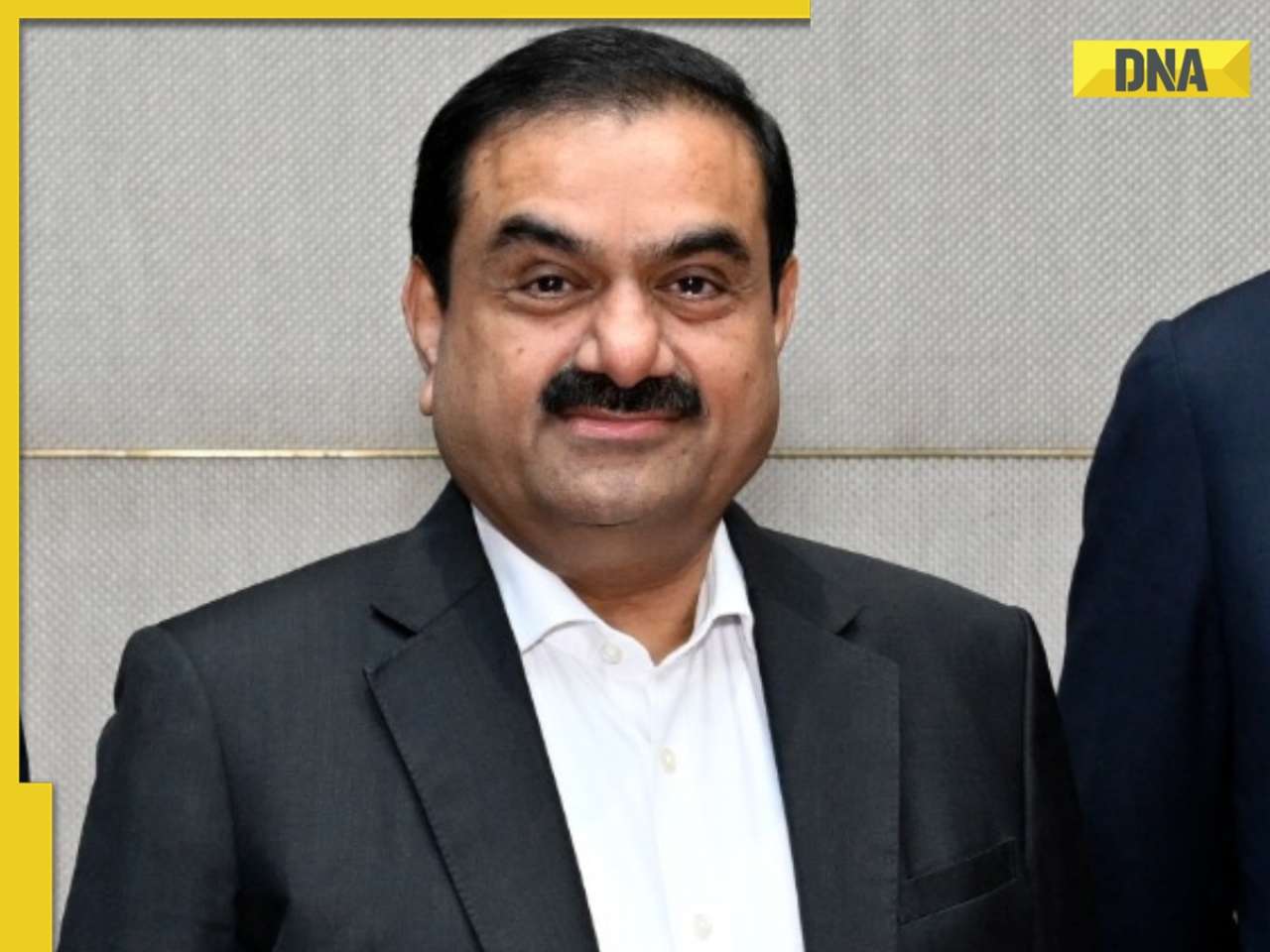






)
)
)
)
)
)
)
)
)
)
)
)
)
)
)
)

























